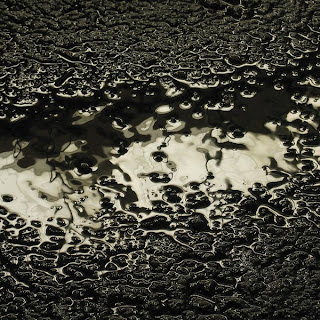Wow, with a preconceived outcome and limited data it is little wonder what the results would be.
Here are some very obvious thoughts about this industry sponsored study.
To paraphrase Lyndon Johnson, environmental stewardship is a journey of a thousand miles and it must be taken one step at a time. The Austin coal tar sealant ban has been responsible for the reduction of about 1 million pounds of PAHs from being put into the environment since the start 2006. That provides environmental and public health benefits, whether measurable with our means and methods at this time or not.
The title of the “PAH fingerprint” news release is misleading at best. When someone says “years after” that implies a long time, but it is just 2 years after the ban was passed! While every chemical is different, the USGS researchers recently mentioned to the Springfield City Council that if often takes a decade for receiving sediments to begin to show a reduction after the elimination of the source chemical, like lead in gasoline.
This study is the ongoing industry dodge of the fundamental question at hand: if coal tar sealants are very high in PAHs, where does it go when it is worn or scraped off? How does it go from 1000’s of times the effects concentration on the pavement, to no effects in the air or downstream? Study after study have shown that it does come off at potent, toxic levels.
Pavement sealants wear off at a low rate per year (that is unless you scrape them off with a snowplow). A 2007 Austin study, as well as the recent publication by the University of New Hampshire, agree that the wearoff of these products is year after year consistently less than 10%. So you could stop sealing with coal tar or anything else and have a consistent load to creeks for at least 10 years! And they reasonably thought anyone expected to see a measurable difference in 2 years! The City of Austin has been doing robust sampling of sediments throughout Austin and is expected to prepare a study of its findings in 2011.
As the director of our state environmental agency said, the Austin ban is based upon the following undisputed facts (see youtube video at http://www.youtube.com/watch?v=Fb6AWwMb4zM):
- PAHs are pollutants.
- PAHs are in coal tar sealants.
- PAHs are a pollutant of concern in the City of Austin (and now shown throughout the country in the 40 Lakes study).
- State agency found that creek contamination in one location was from coal tar pavement sealants.
- State agency found that the Austin ban was reasonable method to control one source of PAHs in Austin.
I hope this brings some clarity to this publication.

